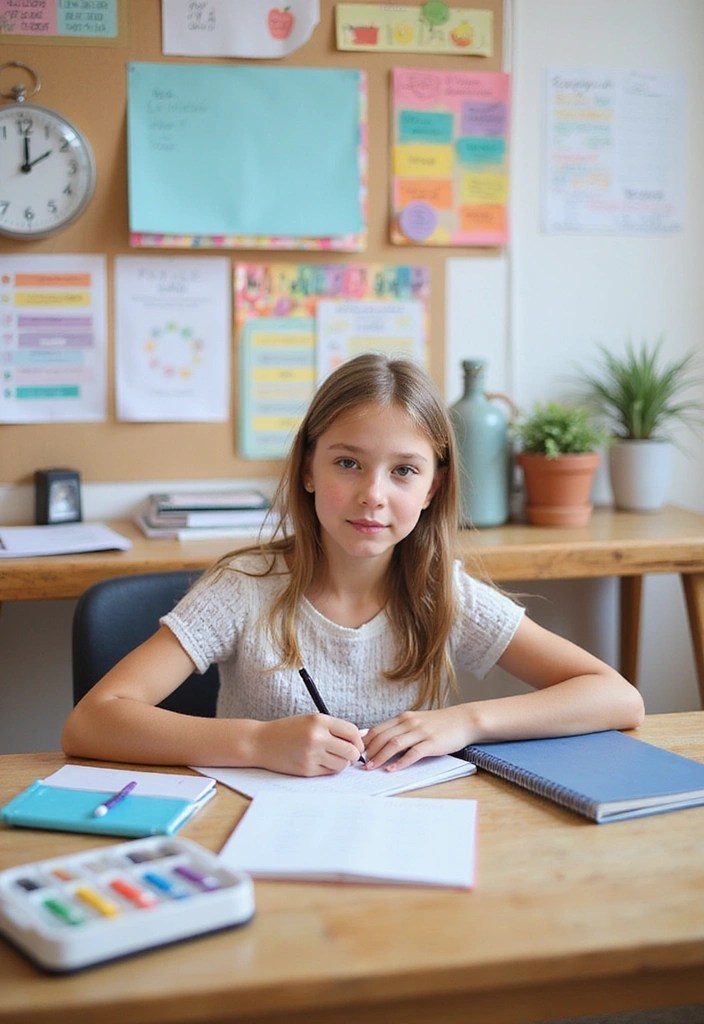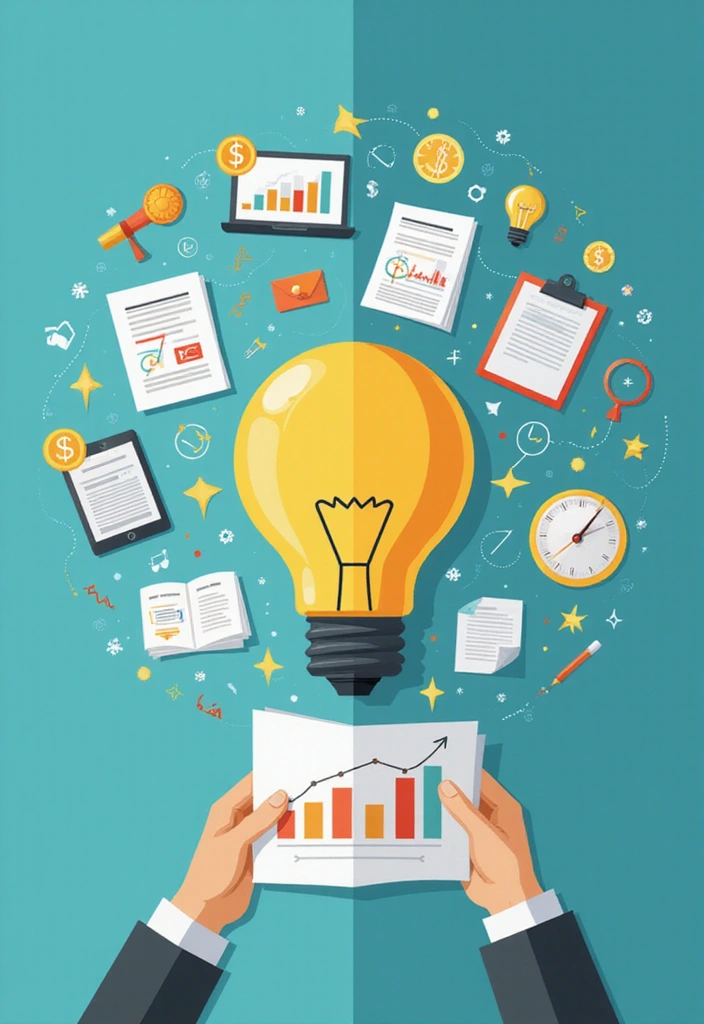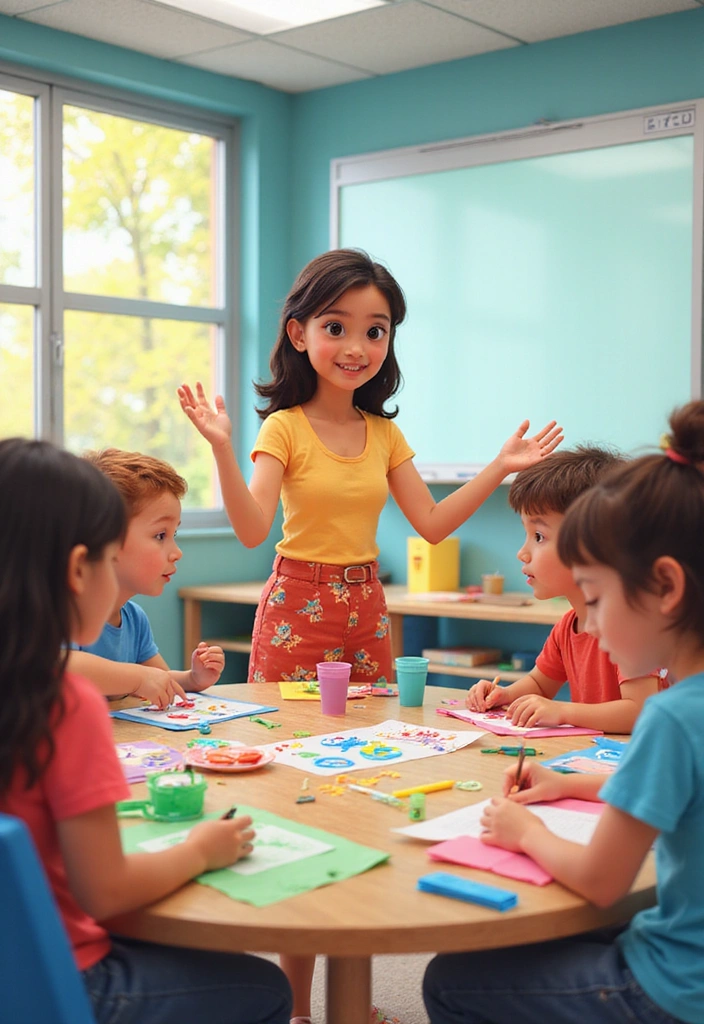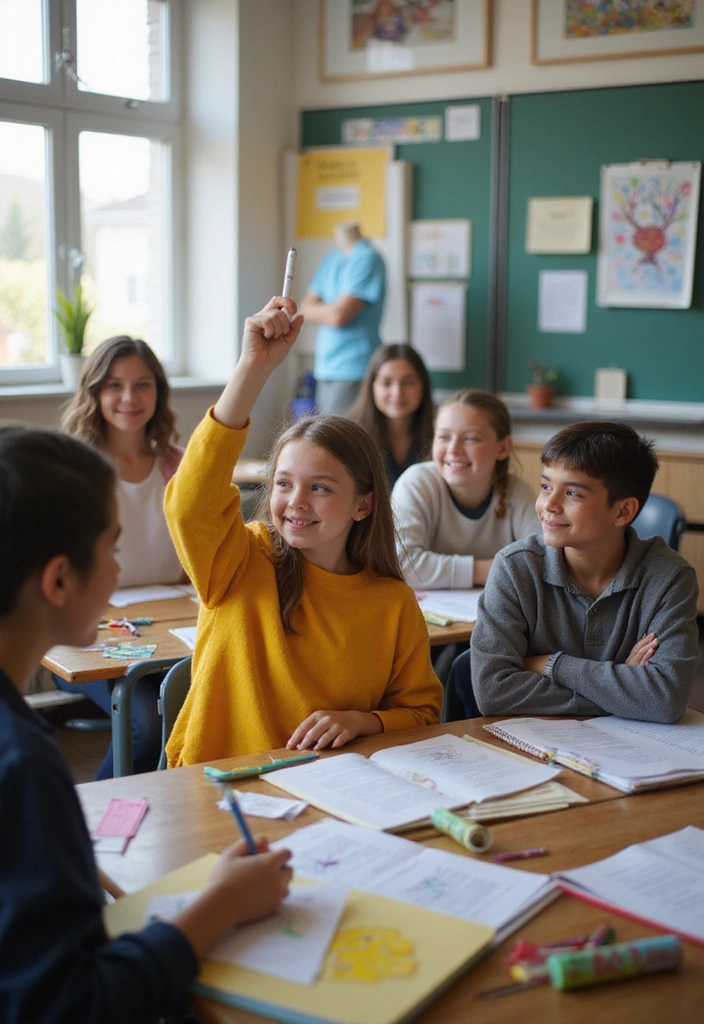Transform your approach to learning! Discover 19 essential special education tools that will simplify teaching and empower students. You never knew you needed these – especially revolutionary tool #11!
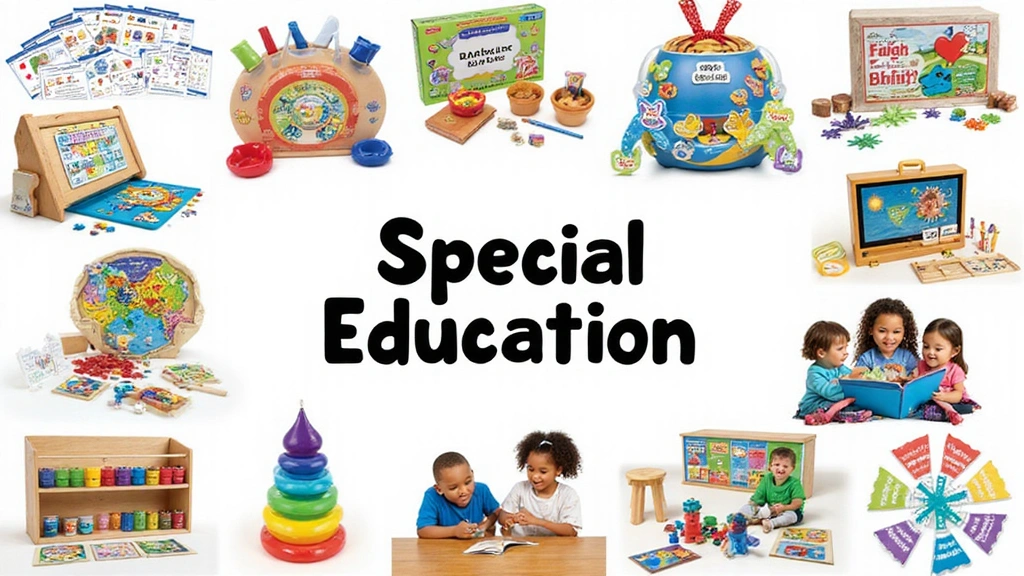
Navigating the world of special education can often feel overwhelming, but having the right tools and resources can make all the difference. With unique challenges in mind, special educators, parents, and supporters can create inclusive environments that cater to individual needs.
From interactive technology to engaging materials that break down barriers, this list is your go-to guide for must-have tools that will transform learning experiences for children with special needs. Join us as we delve into innovative solutions that not only assist educators but also empower students to reach their full potential. You won’t want to miss out on these game changers!
1. Visual Schedules
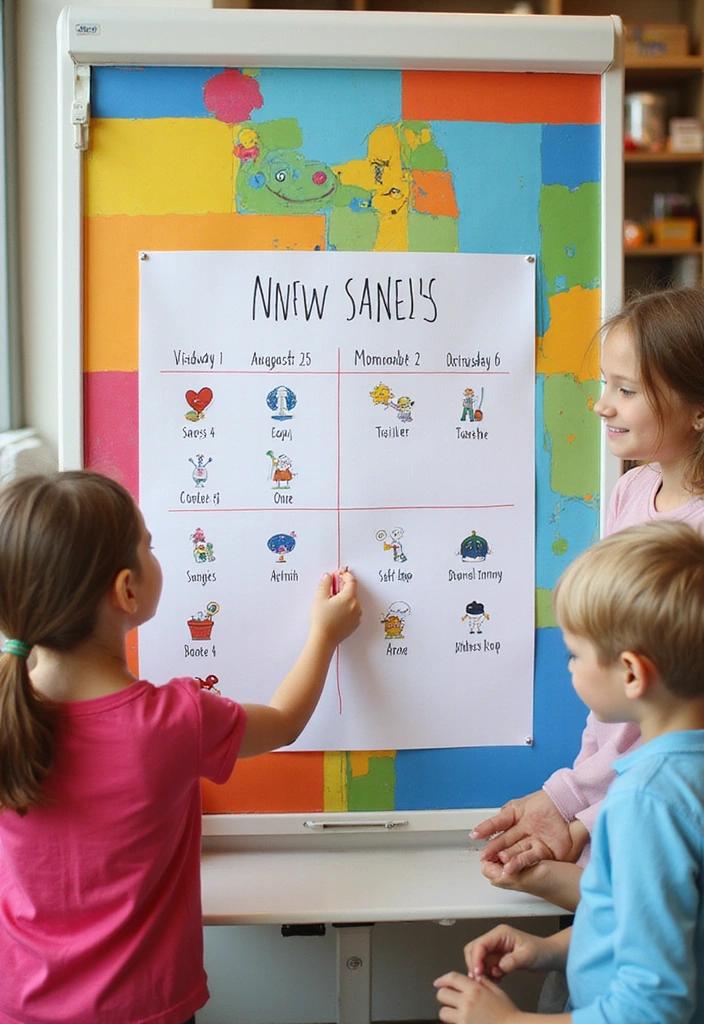
Visual schedules are fantastic tools for children who thrive on routine and structure. These schedules help students understand what to expect throughout the day and can reduce anxiety associated with transitions.
Using icons or pictures, educators can create clear, personalized schedules that depict each activity. This way, students can follow along with their day, making them feel more independent.
You can easily make them using poster boards or digital tools. They can also be laminated for durability and repeated use. An extra tip is to involve students in creating their own schedules to encourage ownership and engagement in the process.
Consider adding a reward section to celebrate completed tasks, which can motivate and enhance their learning experience.
2. Sensory Tools
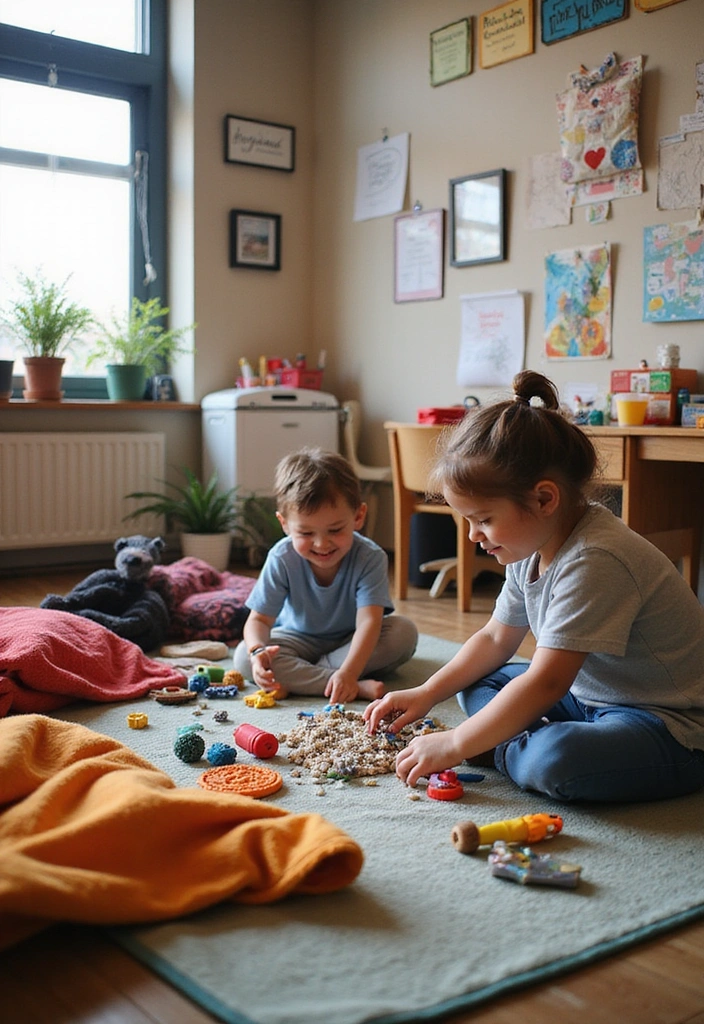
For many students, sensory tools can make a world of difference. These include fidget spinners, stress balls, and sensory bins filled with various textures. They help in managing sensory overload and can also improve focus during lessons.
Creating a sensory corner in the classroom can provide a dedicated space for students to decompress. Incorporating tools like weighted blankets or noise-canceling headphones can also help students self-regulate their sensory needs.
When choosing sensory tools, it’s essential to involve students in the decision-making process. This ensures that the tools meet their specific preferences and needs. The goal is to create a calming environment that encourages learning and reduces distractions.
3. Interactive Whiteboards
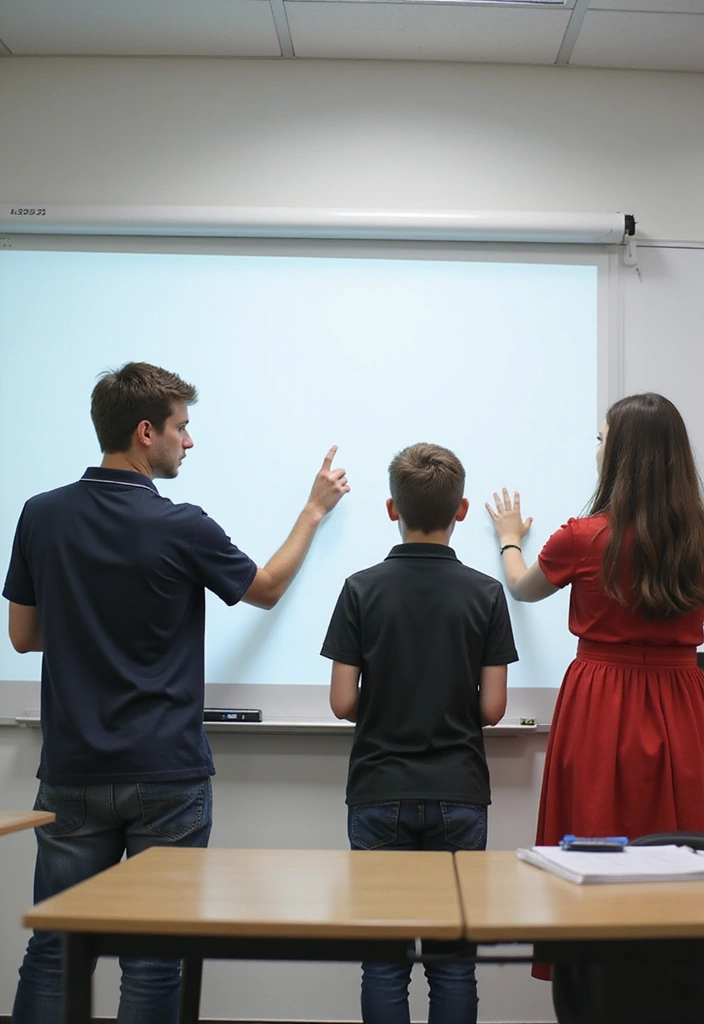
Interactive whiteboards are a game changer in special education classrooms. They make learning dynamic and engaging by allowing students to interact directly with the content being taught. Teachers can display lessons, videos, and even games that promote collaborative learning.
These boards can cater to various learning styles, making them especially useful for students with diverse needs. They provide instant feedback and can be used for group activities or individual lessons.
Integrating these tools into your teaching can foster an interactive learning environment. Consider including activities that encourage movement, such as interactive mapping or virtual field trips, to keep students engaged and excited about lessons.
4. Communication Devices
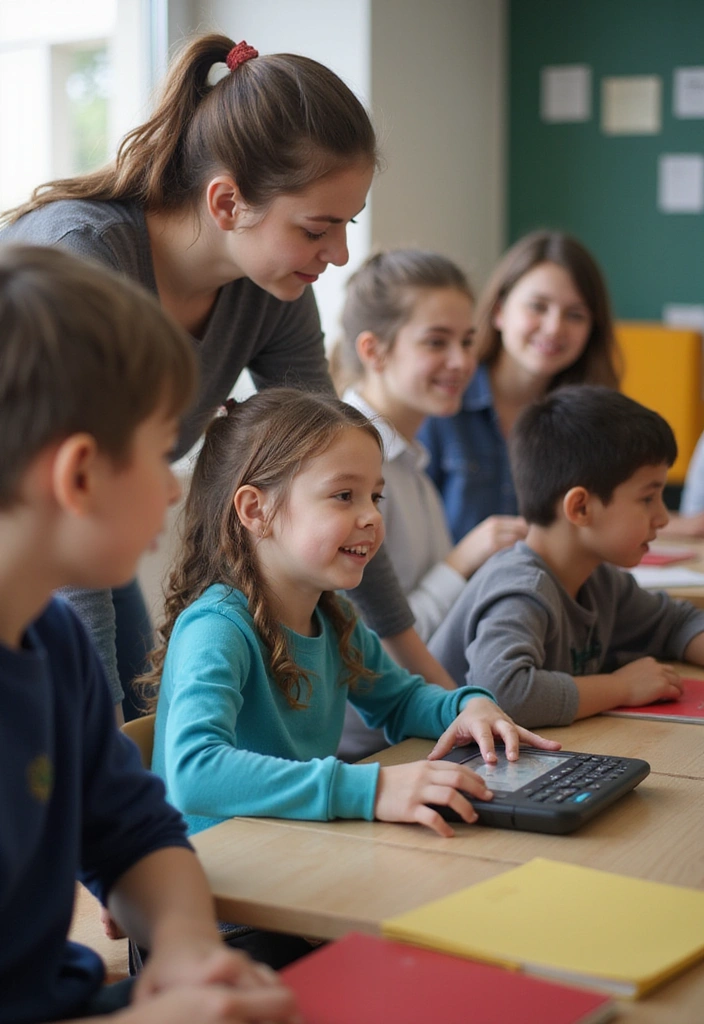
For students with speech or language impairments, communication devices are invaluable resources. Tools like speech-generating devices or communication apps can empower non-verbal or limited verbal students to express themselves effectively.
These devices allow users to communicate their needs, thoughts, and feelings, significantly enhancing their learning experience. Look for devices that are user-friendly and tailored to the student’s specific needs.
Additionally, training for educators and families is crucial to ensure everyone can support the student in using these devices effectively. Incorporating routines that encourage usage in daily activities can also boost their communication skills and confidence.
5. Social Skills Games

Social skills games are excellent tools for teaching interpersonal skills in fun and engaging ways. These games can target skills like communication, teamwork, empathy, and conflict resolution, helping students learn how to navigate social situations.
Games like ‘The Social Skills Game’ or ‘Emotions Charades’ can make learning these essential skills enjoyable. You can create customized games that reflect the specific social challenges your students face. Incorporating role-playing scenarios can also enhance learning by providing practical applications.
Regular practice through games encourages students to build confidence in their social abilities, making them more comfortable in real-life situations.
6. Adaptive Learning Software
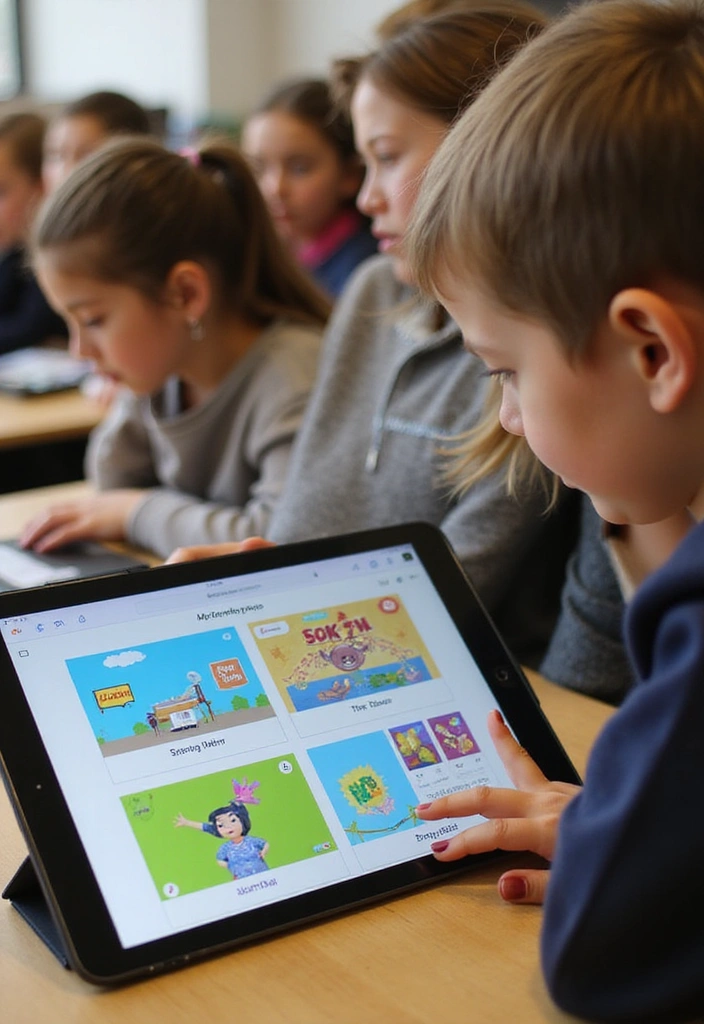
Adaptive learning software is a fantastic resource for personalized education. These programs adjust the level of difficulty based on the learner’s progress, ensuring they remain challenged without feeling overwhelmed.
Educators can choose software designed for specific learning needs, covering subjects like reading, math, and more. This technology allows students to learn at their own pace, reinforcing concepts they struggle with while advancing in areas they excel.
Regular assessments can help track progress, providing essential data for educators to adjust their teaching strategies. Look for software that is engaging, offers diverse activities, and provides instant feedback to keep students motivated.
7. Flexible Seating Options
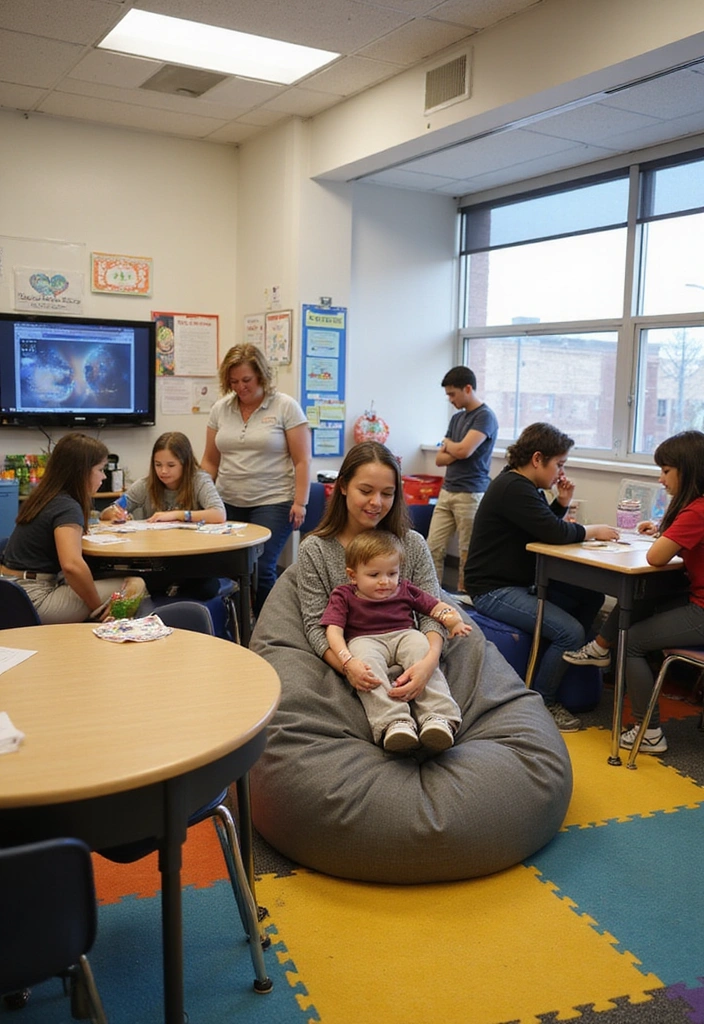
Flexible seating options can create a comfortable and inviting classroom atmosphere. By providing various seating arrangements, such as bean bags, standing desks, or floor cushions, students can choose what works best for them.
This setup can improve focus and engagement, allowing students to move and rearrange their space as needed. It’s essential to create a seating plan that encourages collaboration and interaction among students.
Involving students in choosing their preferred seating can also foster a sense of ownership in the classroom. Encourage them to explore different seating options throughout the day to find what helps them focus and learn best.
8. Behavior Management Tools

Effective behavior management tools are essential for creating a positive learning environment. Tools like behavior charts, reward systems, and social stories can help students understand expectations and consequences.
Implementing a consistent reward system can motivate students to meet goals and reinforce positive behavior. Social stories can provide clear visual examples of expected behaviors in various situations.
Regular discussions about behavior expectations can also strengthen understanding. Empowering students to reflect on their choices can lead to better self-regulation and improved classroom dynamics overall.
9. Augmentative and Alternative Communication (AAC) Tools
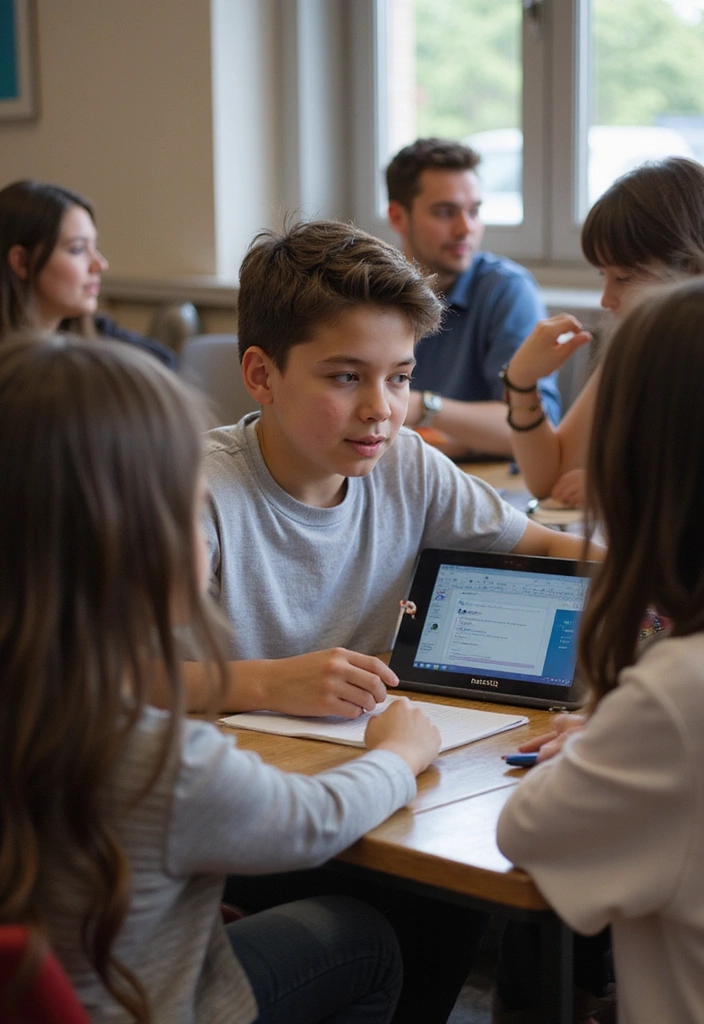
AAC tools empower students with communication challenges to express themselves. This includes everything from picture boards to sophisticated speech-generating devices.
These tools cater to a wide range of communication needs, allowing students to convey wishes, needs, and thoughts effectively. It’s vital to customize these tools according to individual preferences, ensuring that they resonate with each student.
Incorporating AAC tools into daily lessons can provide opportunities for practice and integration into social settings. Consider involving peers in the communication process to foster inclusivity and understanding.
Encouragement and positive reinforcement can help students gain confidence in using these tools.
10. Visual and Auditory Aids
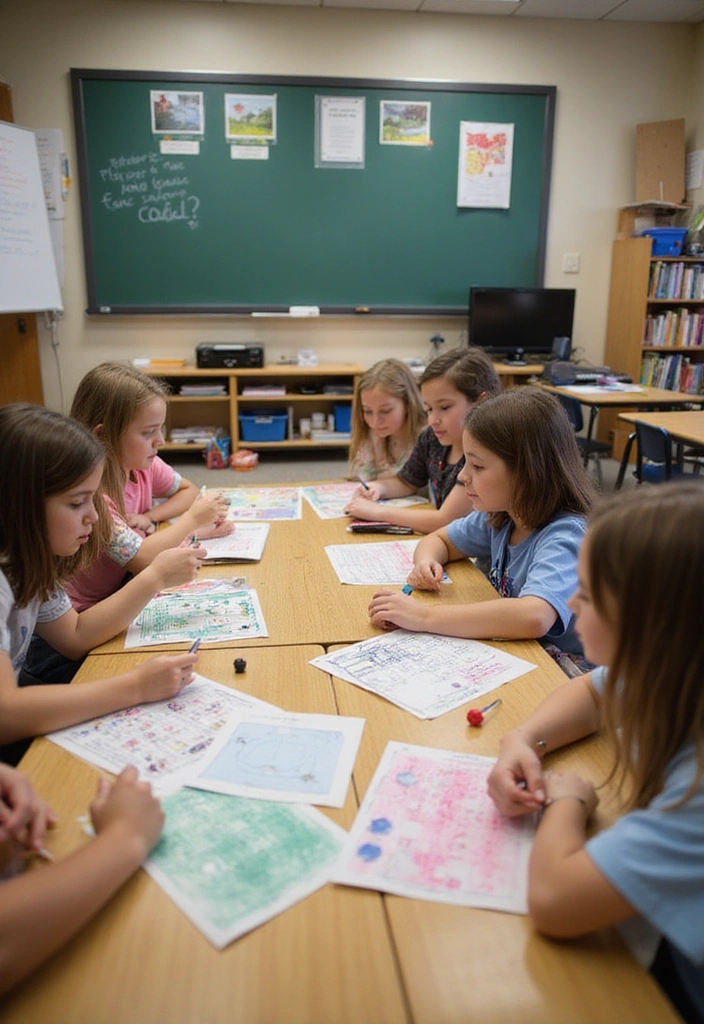
Visual and auditory aids are essential in accommodating various learning styles. Tools such as graphic organizers, audio books, and video lessons can enhance comprehension and retention.
Utilizing visual aids like charts, diagrams, and infographics can help students better grasp complex concepts. On the other hand, auditory aids, like podcasts or narrated lessons, cater to auditory learners.
Incorporating these aids into lesson plans can create a more inclusive environment, where every student has the opportunity to thrive. Encouraging students to choose their preferred method of learning can increase engagement and improve outcomes.
11. Weighted Products

Weighted products, like blankets and vests, can offer comfort and help students self-soothe. These tools apply gentle pressure, which can promote relaxation and improve focus.
Teachers can use these products in the classroom to help students manage anxiety and sensory overload. It’s essential to ensure the weight is appropriate for each individual student, as too much weight can be counterproductive.
Incorporating weighted tools during quiet times or breaks can enhance students’ comfort levels, allowing them to re-engage more effectively in learning activities. Regular communication with parents about the use of these products can ensure consistency at home and school.
12. Emotion Regulation Tools
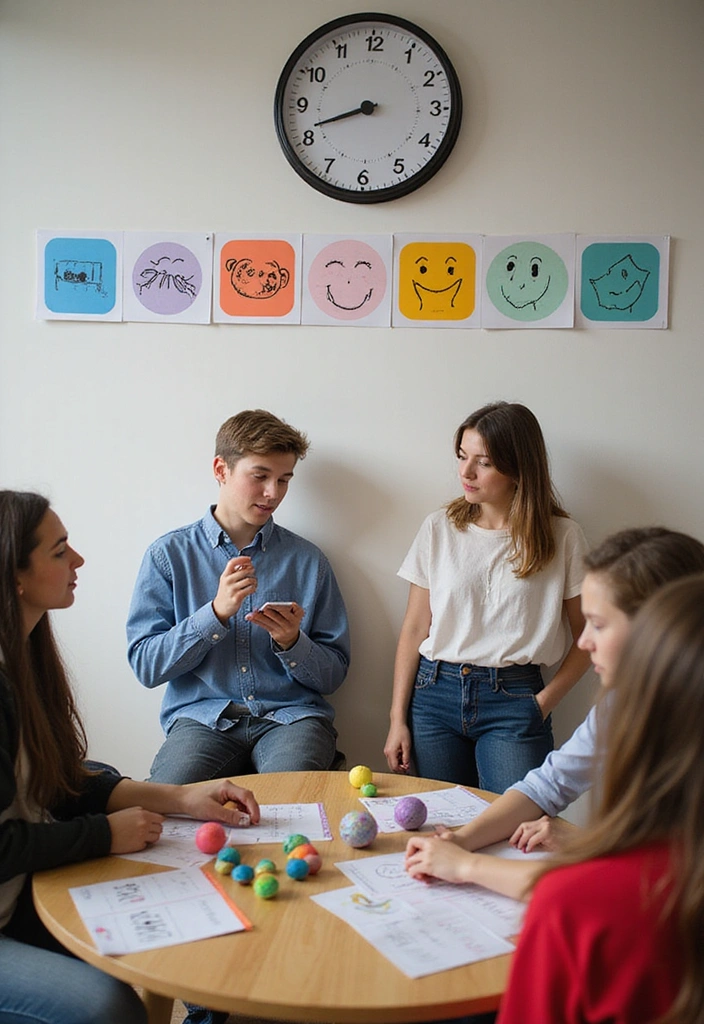
Teaching students to regulate their emotions is crucial for their overall development. Tools like emotion cards, mood meters, and visual prompts can help students identify and express their feelings appropriately.
Creating a calm-down corner with resources like stress balls, breathing exercises, and emotion charts can also provide support during challenging moments. Introducing mindfulness practices and relaxation techniques can empower students to manage their emotions proactively.
Regular discussions around feelings can encourage openness and foster a supportive classroom environment. Involving peers in emotional learning can enhance empathy and social skills.
13. Storytelling Kits
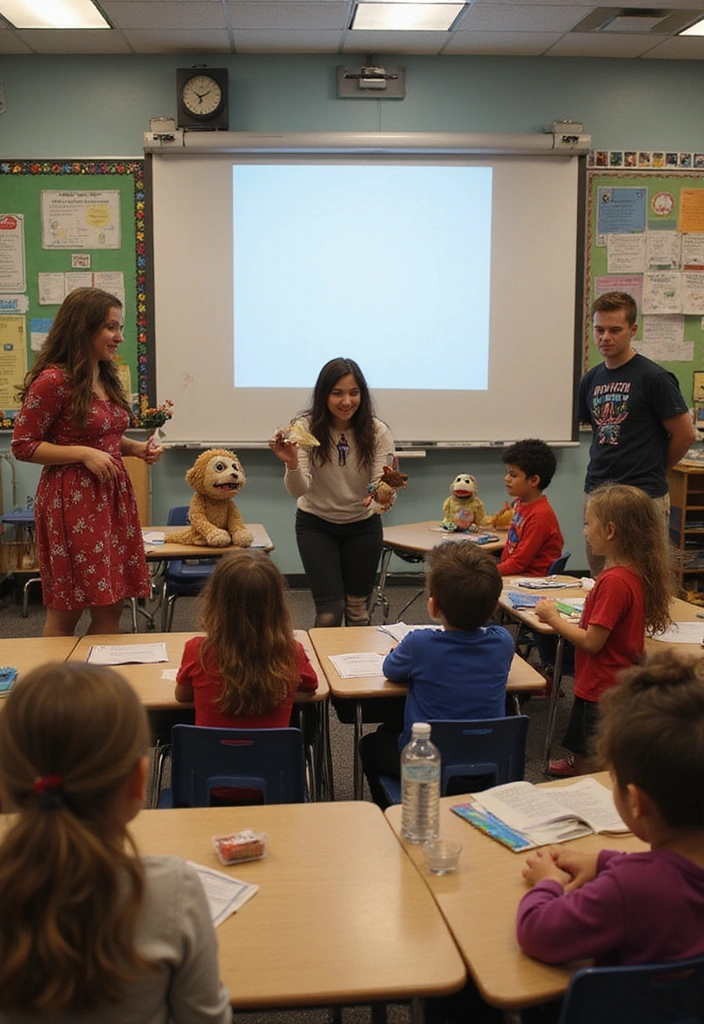
Storytelling kits engage students’ imagination and can enhance their understanding of narratives. These kits can include props, puppets, and visuals that help bring stories to life.
Using storytelling kits in the classroom encourages creativity and language development. Students can act out stories or create their own, fostering collaboration and communication skills.
Integrating storytelling into lessons can help students connect personally with the material and improve comprehension. Consider hosting storytelling sessions where students can share their narratives with peers, enhancing confidence and public speaking skills.
14. Task Boxes
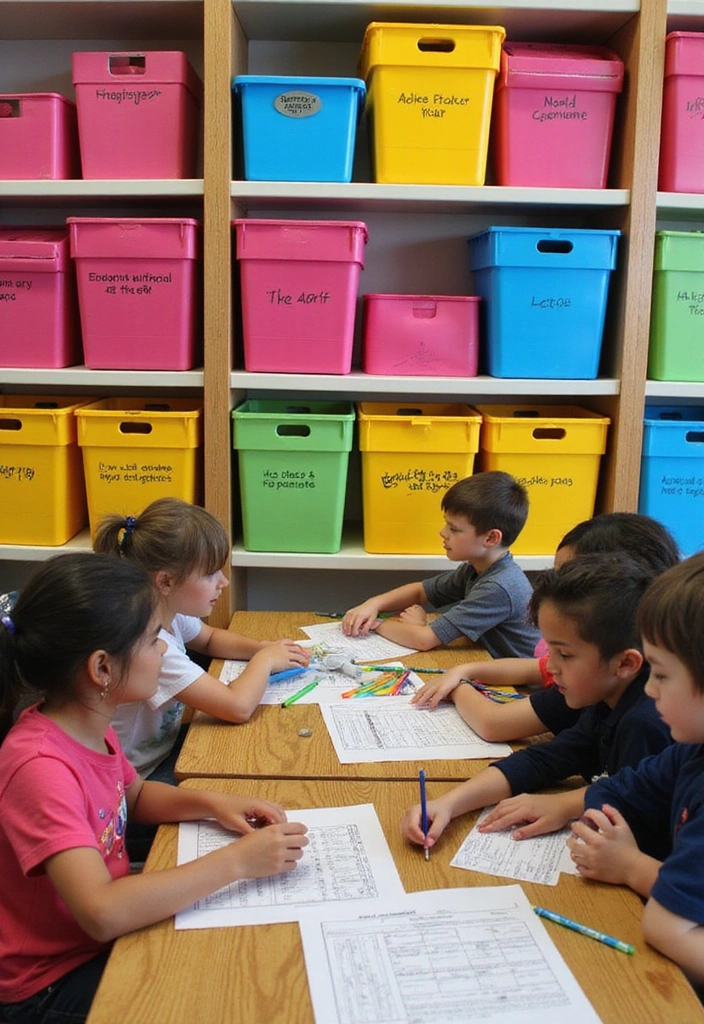
Task boxes are a hands-on resource designed to promote independent work and skill development. Each box can contain activities tailored to specific learning goals, such as math tasks, literacy exercises, or sensory play.
Using task boxes allows students to work at their own pace, reinforcing confidence and problem-solving skills. It’s essential to ensure that tasks are age-appropriate and linked to students’ individual IEP goals.
Involving students in selecting activities for their task boxes can also enhance their engagement. Labeling and organizing these boxes clearly will make them easy to navigate for all learners.
15. Assistive Technology Devices
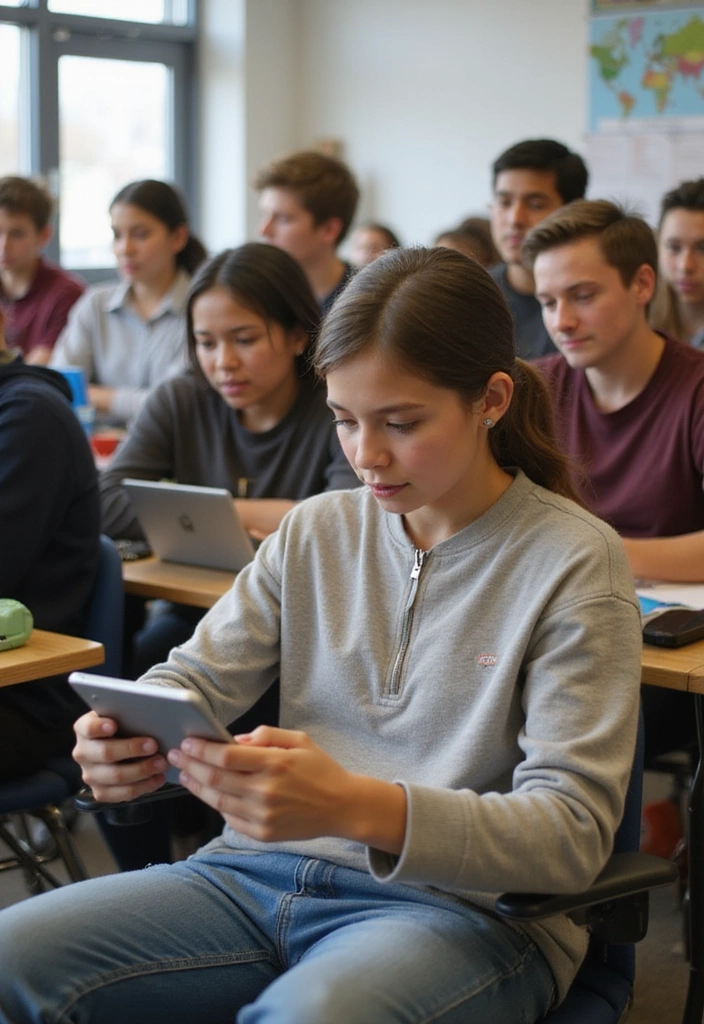
Assistive technology devices can significantly enhance learning for students with disabilities. These include tools like screen readers, adaptive keyboards, and tablet apps that cater to various needs.
Incorporating technology can facilitate access to the curriculum, breaking down barriers that may hinder learning. It’s crucial to provide training for both educators and students to ensure effective usage of these devices.
Regularly assessing the effectiveness of the technology being used ensures that students are benefiting fully. Encourage collaboration between educators and tech specialists to choose devices that align with each student’s individual needs.
16. Parent-Teacher Communication Tools

Effective communication between parents and teachers is vital in a special education setting. Tools like communication notebooks, apps, or platforms can facilitate regular updates on student progress and well-being.
Establishing a consistent communication routine can strengthen the relationship between home and school, ultimately benefiting the student. Consider incorporating a section for parents to share insights or concerns, creating an open dialogue.
Creating a shared calendar for important events or deadlines can help keep everyone on the same page. Enhancing parent engagement can lead to better support in students’ learning journeys.
17. Multisensory Learning Materials
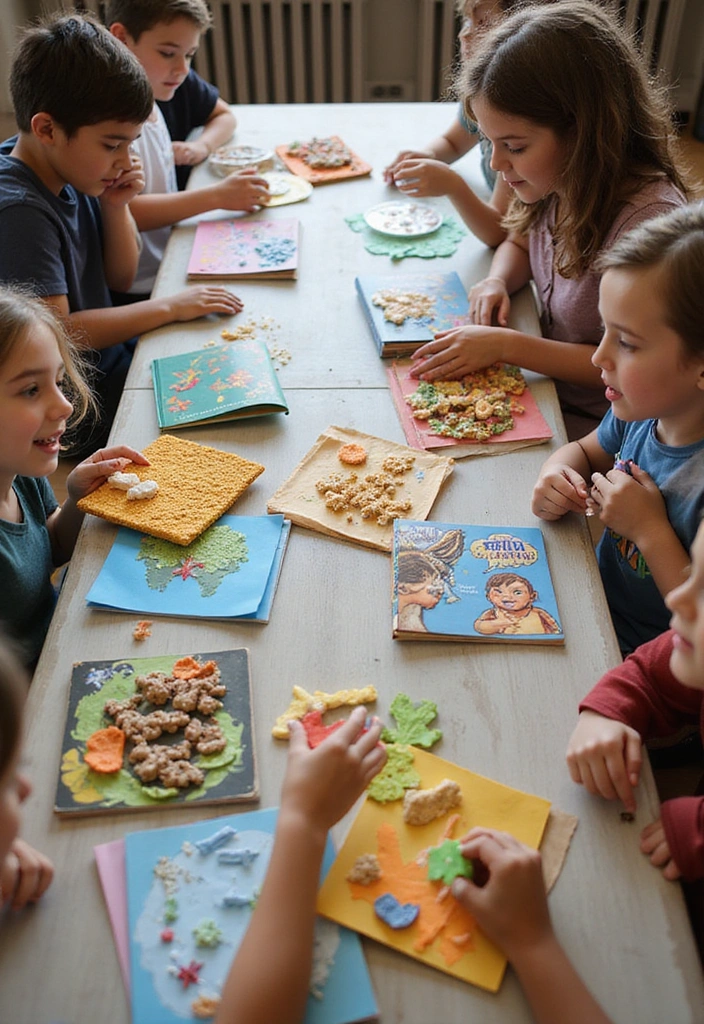
Multisensory learning materials engage students through various channels, appealing to different senses. Materials such as textured books, interactive games, and tactile learning aids can enhance understanding and retention.
Using multisensory approaches can significantly benefit students who struggle with traditional learning styles. Incorporating movement and hands-on activities into lessons keeps students engaged and motivated.
Experimenting with different combinations of sensory inputs can also provide richer learning experiences. Encourage students to share their preferences for materials, guiding your choices in the classroom.
18. Learning Management Systems (LMS)
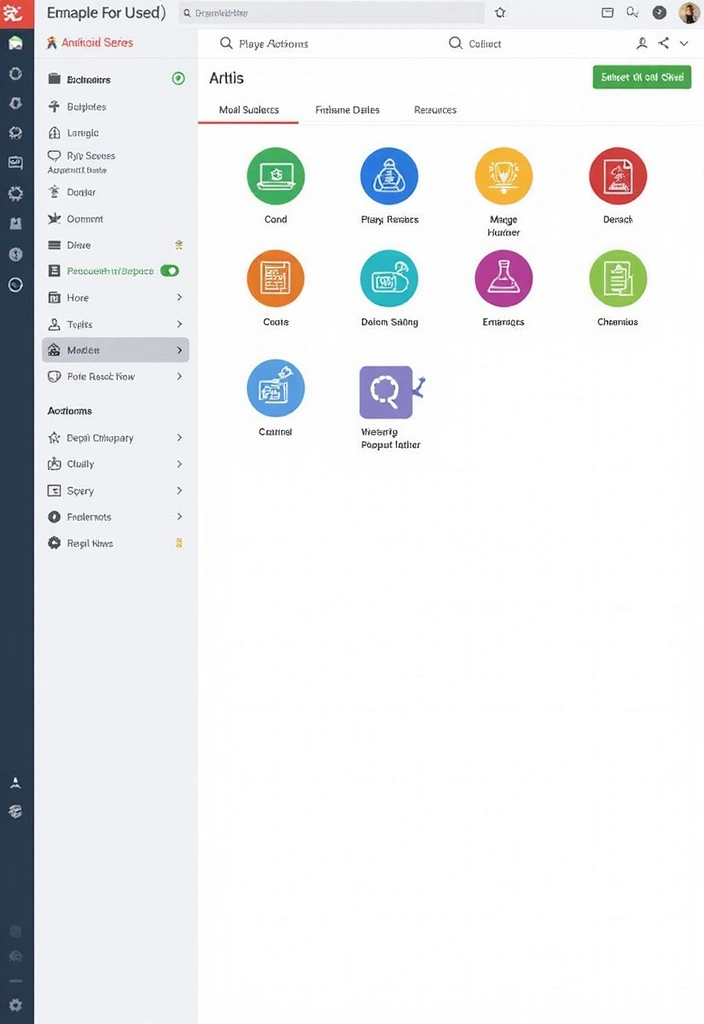
Learning Management Systems (LMS) can streamline educational processes, making it easier to manage lessons, track progress, and communicate with students and parents. These systems provide a centralized platform for resources, assignments, and assessments.
Utilizing an LMS can make learning more accessible, especially for students who may require additional support. The ability to customize content based on individual learning goals allows for tailored educational experiences.
Regular evaluations of the LMS can ensure it’s meeting the needs of both students and educators. Training sessions for parents and students can also help maximize the system’s effectiveness.
19. Educational Apps
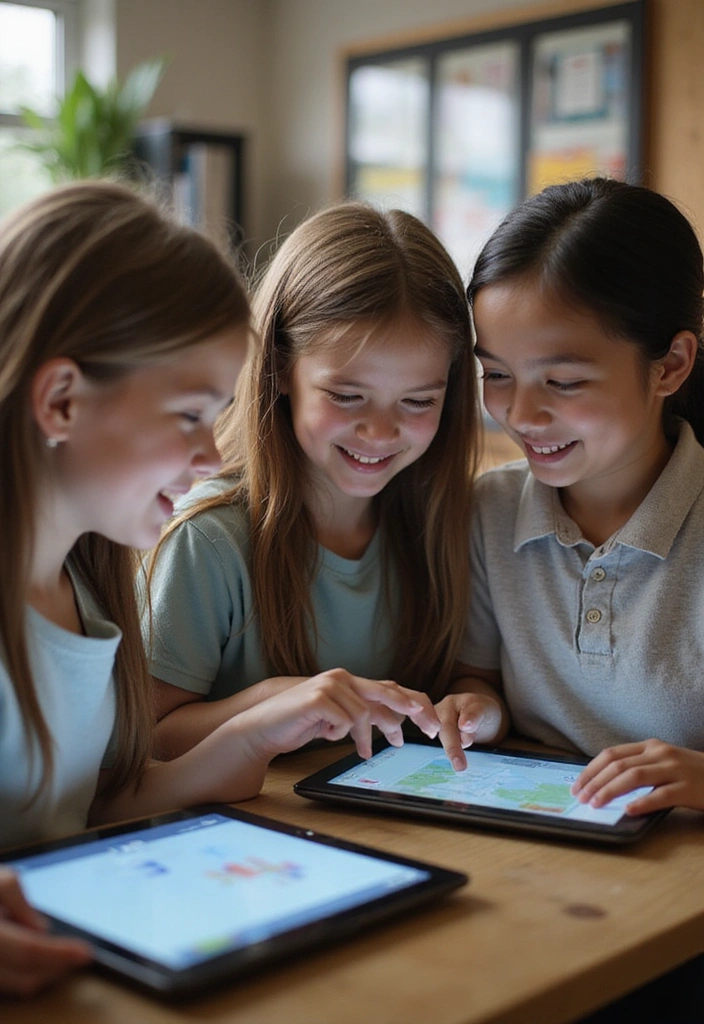
Educational apps are a fantastic resource for enhancing learning in a fun and engaging way. They come in various subjects and cater to different skill levels, making learning accessible anytime, anywhere.
Many apps incorporate gamification, which can motivate students to practice skills consistently. Look for apps that are user-friendly and offer a range of activities, such as quizzes, interactive lessons, and problem-solving challenges. Regularly updating the app selection to keep content fresh and relevant can maintain student interest.
Encouraging students to share their favorite educational apps with peers can promote collaboration and engagement in the classroom.
Finally
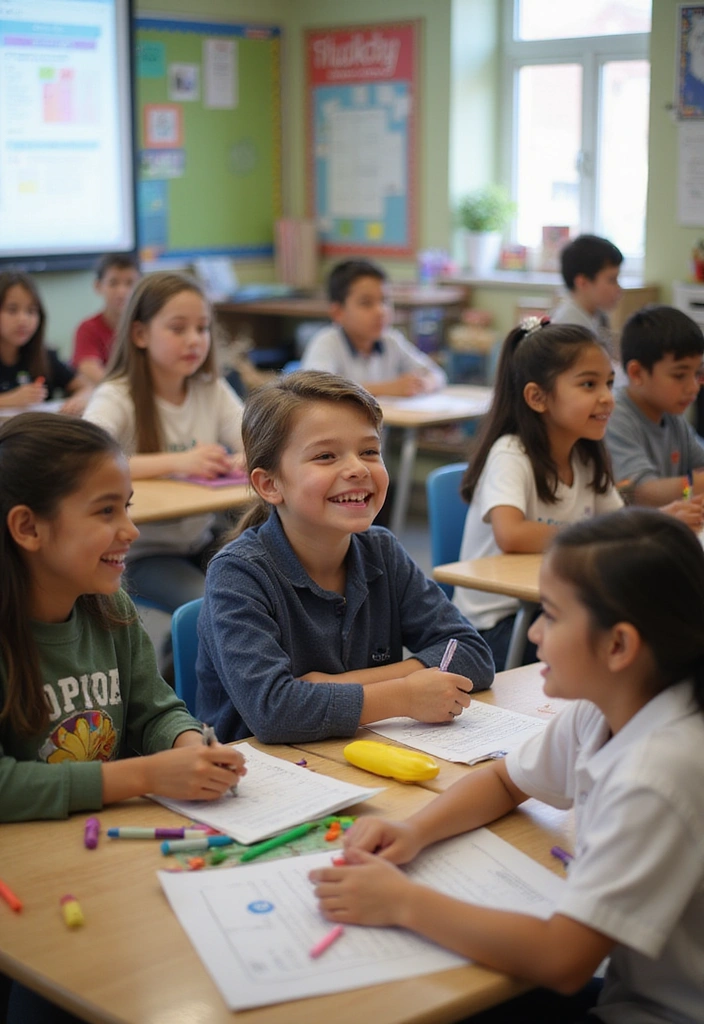
Equipping your special education classroom with the right tools can create a more inclusive and effective learning environment. Each of these resources plays a unique role in supporting diverse learning needs and helping students thrive.
As you explore these essential tools, consider how they might fit into your educational approach and enhance the learning experience for your students. Don’t forget to share your favorite tools or experiences with special education resources to inspire others!
